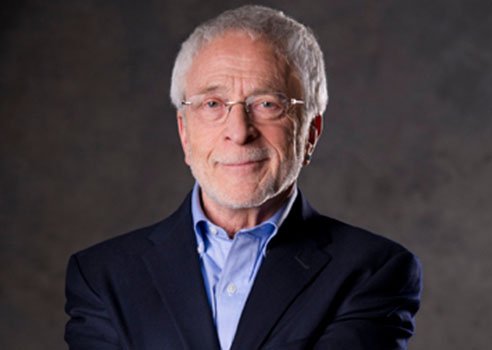Word count: 314 words
Reading time: Just over 1 minute
This is my weekly installment of “writing about writing,” in which I scan the world to find websites, books and articles to help writers. Today I discuss an article written by Lee Gutkind.
When my coaching students tell me they have a writing problem, I frequently discover they are wrong. What they truly have is an interviewing problem.
They don’t interview the right people. They don’t ask the right questions. They don’t recognize the right quotes to use.
Now, thanks to the New York Times‘ Opinionator feature, I have a column I can direct them towards. Headlined, “How to Listen,” the article is written by Lee Gutkind (pictured above), founder and editor of Creative Nonfiction Magazine. He is also Distinguished Writer-in-Residence in the Consortium for Science, Policy & Outcomes at Arizona State University.
I’m so impressed by this column that I intend to buy Gutkind’s new book, You Can’t Make This Stuff Up: The Complete Guide to Writing Creative Nonfiction from Memoir to Literary Journalism to Everything in Between.
Gutkind offers interesting and useful advice about the kinds of techniques skilled interviewers use. But here is a piece that I particularly appreciated:
It is fine and often delightfully surprising to permit interviewees to go off on tangents — sometimes they absolutely need to tell you something, and sometimes what they tell you will be valuable material to supplement your story. But you must keep the primary narrative in mind.
Experienced interviewers are achingly familiar with the dreaded “tangent.” You ask a question and the subject launches with great gusto onto another, only tangentially related point. It’s frustrating — especially if your interviewing time is limited. But I take Gutkind’s point that there’s also some benefit in permitting the subject to do this — as long as you keep your primary goal (he calls it “narrative”) in mind.


